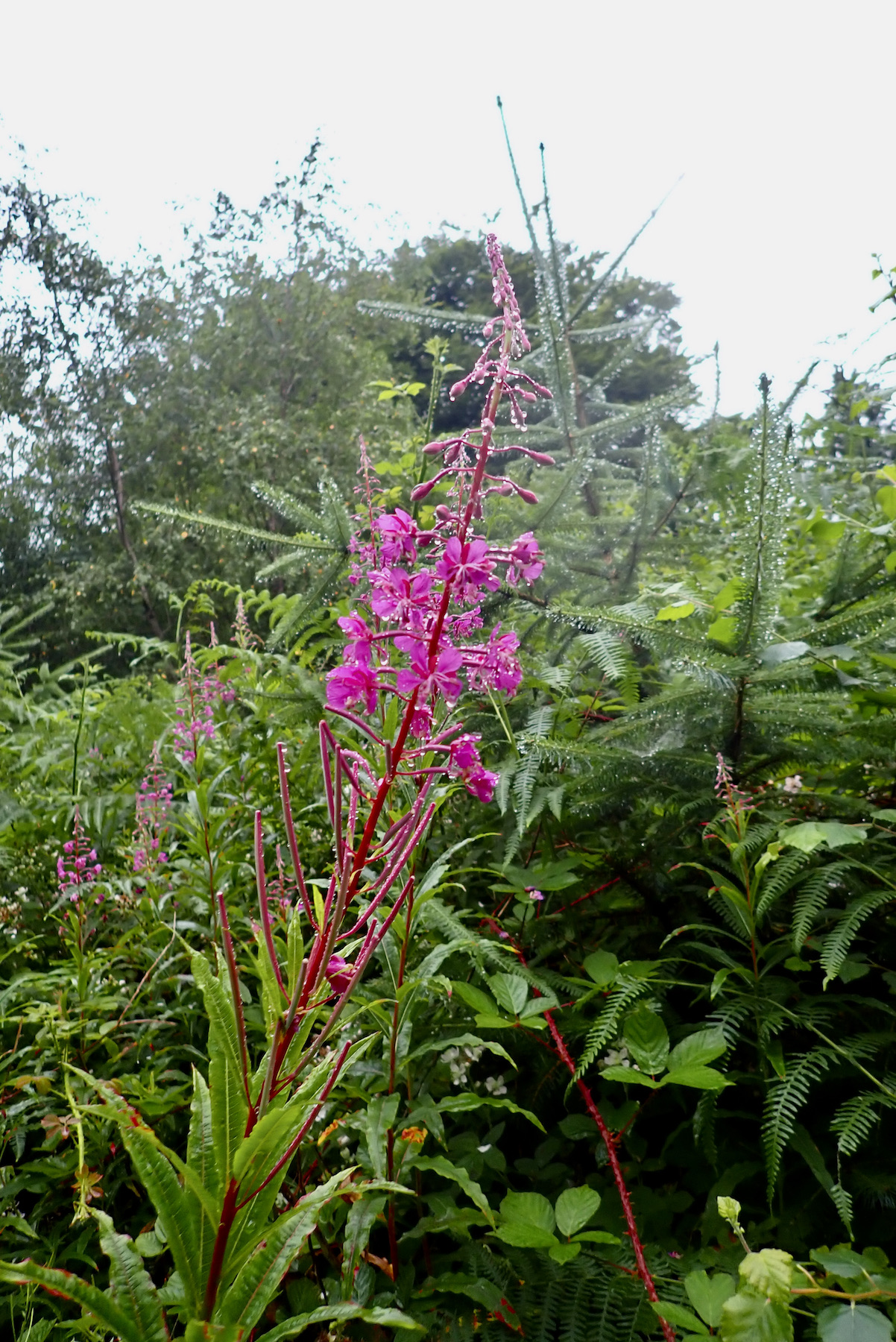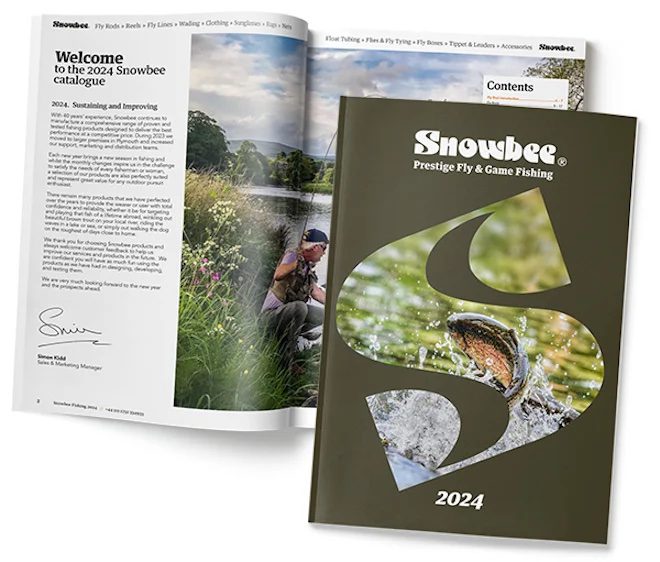South West Lakes Trust Trout Fisheries Report
July 2024
The weather has been warm and humid, and, in spite of some rain, the water levels have now started to drop; water temperatures have remained cool enough generally for fish to keep active. There has been plenty of insect activity and the fish have continued to feed keenly, both on the surface and below.
Fishing:
Kennick – Rods averaged around 1.5 fish per angler, with fish well spread out around the fishery; bank anglers enjoyed slightly more success than the boats, with Clampitts Bay, The Narrows and Poplar Bay fishing particularly well. Floating lines with a long leader with a variety of retrieval methods proved the most successful, with Claret Hoppers, Sedge patterns and Beetles catching surface feeding fish, and either nymph patterns (Damsel, Hares Ear, Diawl Bach and Buzzers) or lures (Viva, Cats Whisker, Tadpoles and Muddlers) catching the deeper feeders.


Siblyback – Here anglers are enjoying some quality sport, averaging 4.3 fish per visit. Stocky Bay, Two Meadows, Crylla and the West Bank are producing the most consistent fishing and best results, using either floating or intermediate lines. Fish have generally tended to be just under the surface, rising to feed on beetles and hatching midges (when CDC buzzers, Hawthorns, Bobs Bits, Hoppers and Beetle imitations have worked particularly well). Deeper feeding fish have taken Damsels, Buzzers, Diawl Bachs or lures (such as Orange Blobs, Vivas, and Tadpoles), all with a slow retrieve. Al Lawson (from Plymouth) caught five rainbows to 2lb, with fish hitting both the buzzers, fished washing-line style, or taking the Claret Hopper on the point.

Burrator – The fishing here has become more challenging as the month progressed, with a few fish rising (when Claret Hoppers have worked well), but most fish have stayed to feed in the deeper water. Floating, Sink-tip, Intermediate and sinking lines have all caught fish, with a slow retrieve producing the best results. Sub-surface feeding fish have taken Montanas, Damsels, Buzzers and Hares Ear patterns, with Back Bay, Longstone, Bennett’s Lawn and Pig Trough all holding fish.
Stithians – Continued to fish well, with plenty of fish looking to the surface and eager to feed. Floating lines with a very slow retrieve produced some excellent sport, with a variety of dry patterns (Beetles, Daddies, Adams, Sedge patterns, Hoppers, Bobs Bits and Hawthorns) all catching well; otherwise, Diawl Bachs, Buzzers and Black and Peacock Spiders fished just below the surface caught the deeper feeders. Popular locations included Yellowort, Golden Lion Point, North Bank, Pub Bay, Goonlaze and Pipe Bay. Simon Peters (from Cusgarne) managed to catch eight rainbows, one blue and one brown trout in one session – starting early in the morning (5.30am), and fishing along Sailing Club Bank using Dry Foam Beetles, to finish by 8am.

Fernworthy – The sport picked up at Fernworthy as the month progressed, when anglers averaged just under three fish per visit. Generally fish were well spread out around the lake, although Thornworthy, Brownhills and Permit Hut Bank produced the most consistent fishing. Sporadic hatches of small black buzzers brought fish to feed on the surface, when they could be caught using Black Gnats and Hoppers; otherwise shallow-fished Pheasant Tail Nymphs, Black and Peacock Spiders, Invictas, Bloody Butchers and Damsel nymphs all produced some great sport.
Colliford – The excellent sport continued at Colliford, with anglers averaging just over five fish per visit; most of the banks held fish, with Lords Waste, Spillway, Pines and the Dam Car Park Bank producing particularly consistent sport. With plenty of insect hatches (midge and sedge) as well as beetles blown onto the water, the Colliford browns proved eager surface feeders, either taking dry patterns (Bibio Hoppers, Beetles, Hawthorns and Sedges), or nymphs and wets fished in the top two feet of water (Diawl Bachs, Black and Peacock Spiders and Orange Pheasant Tail nymphs in particular). Generally floating lines and long leader and a slow retrieve proved to be the best method. Mark Lambert (from Hitchin) caught twenty fish, all on dries, keeping on the move to cover as much bank as possible.
Roadford – Anglers averaged 3.7 fish, with the banks at Anglers Car Park and Wortha proving to be the best locations. Few rising fish meant that sub-surface patterns fished on floating lines produced the best results. Popular patterns included Cormorants, Iron Dun, Damsels and Bibios. Duncan Kier (from Belstone) caught eight browns to 1lb 8oz in a session, while Alan Judd (from Seaton) caught eight browns to 1lb fishing from a boat, using a variety of sunk patterns on a floating line.
Please see the Trust’s website (www.swlakestrust.org.uk/trout-fishing) for more information on buying tickets, boat availability and booking, and forthcoming events. The Trust will be offering beginners’ taster days at Roadford, Burrator, Stithians, and Kennick throughout the season, assisted by local experienced guides and instructors. The Trust, in conjunction with Fluff Chuckers, will be running a Brown Trout Masters competition this season, to be held over three dates at Colliford, Fernworthy, and Roadford – please see the website for more information.
Chris Hall (July 2024)
Wistlandpound

Wistlandpound in North Devon often gets overlooked which is a great shame as it is a delightful fishery with some hidden gems. Derek Spears sent me this image of a superb wild brown trout he tempted during a short evening session.(Estimated at 2lb 8oz to 3lb ) I met Derek whilst enjoying a short session there myself.


It was a murky overcast evening with occasional drizzle. The loosestrife was glistening with water droplets as I navigated the lush colourful perimeter path. Arriving at the water’s edge it was immediately apparent that there was plenty of fishable bank space now that the water level has dropped.

I set up with a black spider on the point and a black pennel on the dropper. Second cast I hooked a beautiful crimson spotted brown of perhaps 10″. On the next cast a very good brown trout converged on the fly but I failed to connect.

I searched the area further with no further result. Moving on I looked across the lake to see another angler doing battle with what was undoubtedly a good fish. (This was Derek with the trout pictured above).

The top inlet area of the lake produced another wild trout and half a dozen bronze flanked Rudd. As the light faded I changed to a small black Wooley bugger and was delighted to catch a couple of trout topped by a hard fighting brown of over 1lb. Another much larger fish swirled behind the lure fuelling my enthusiasm for a return visit. The large numbers of rudd fry now present ensures a good food supply for the larger wild browns that lurk within the water. I feel sure that some lucky angler will hook into a surprisingly large trout before the season ends.






